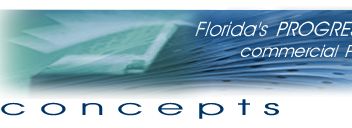I
|
|
ideogram
|
Pictures used to symbolize an idea. (e.g., using "?" to represent
"Need help?" or "Have a question?")
|
|
illuminating
|
1. The use of light on a subject. 2. The medieval art of
decorating book pages with colorful ornamental figures or
applying gold leaf to the edges of books.
|
|
illustrations
|
Line art, photos, and other graphic images used in printed
material.
|
|
image
|
Line art, paintings, sketches, photos, and other visual representations
of a subject matter.
|
|
Image assembly
|
Aggregating the film negatives or film positives to create
a film negative. The result is used to produce a printing
plate. Other Term: stripping. See also film image assembly;
imposition.
|
|
imagesetter
|
The equipment used to produce a high resolution image on
paper, film and other substrates. See also: PostScript; raster
image processor; typsetting, digital; vectors.
|
|
imposition
|
Collecting and positioning page elements so that when printed
and folded the page elements are in proper alignment. Other
Term: image assembly. See also: film image assembly; stripping.
|
|
indirect letterpress
|
See dry offset. letterset; relief offset.
|
|
ink spread
|
See: dot gain; dot spread.
|
|
inserting
|
1. Nesting signatures inside each other in proper order.
2. In publishing, binding a separately printed page into the
book or publication. See also: assembling; collate; gathering.
|
|
intaglio
|
An incised, etched, carved or sunken image. In printing,
an intaglio is created on the surface of plates or cylinders.
The etched areas hold ink, the non-etched areas remain ink
free. When the inked plate or cylinder is then applied to
the substrate to be printed, the ink adheres and is transferred
to the substrate reproducing the original image.
|
|
italic
|
A type style in which the letters are slanted 8 to 20 degrees
from the vertical. Italics are often used for special emphasis.
See also: oblique.
|





